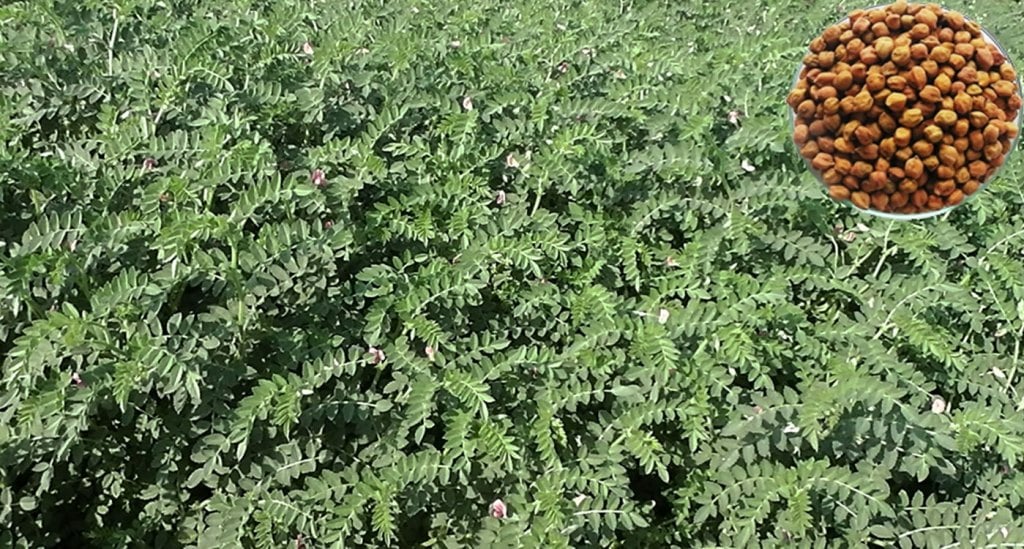10 new chickpea varieties released in 2020 in collaboration with NARS
- From
-
Published on
24.12.20
- Impact Area

Market-driven chickpea innovations record many firsts in Africa and Asia.
To meet the growing global market demand for protein-rich chickpea, scientists have created new varieties that would contribute to greater nutrition security, health and climate resilience and replace existing obsolete varieties. In 2020, despite pandemic constraints, 10 new varieties (6 desi and 4 kabuli) were released through effective collaborations with National Agricultural Research Systems in Africa and Asia. The releases have recorded many firsts in terms of innovations in South and Southeast Asia and Eastern and Southern Africa – regions that together contribute to 73% of the global chickpea production (http://www.fao.org/faostat/).
In 2020, Malawi officially released its first chickpea varieties bred for high yield, climate resilience and nutrition, while an ascochyta blight-resistant, high-yielding desi variety was released in Ethiopia. In India, machine-harvestable chickpea made inroads into Central India as quicker harvest time saved the crop from unseasonal rain, while large-seeded kabuli varieties (39-45 g weight of 100 seed) commanding premium prices in global markets were bred to suit agro-ecologies across north, west, central and south India and provide a replacement for old varieties.
Related news
-

From Intervention to Transformation: How AKILIMO Continues to Shape Ogun State's Agricultural Future and Success
Sehlule Muzata04.11.25-
Climate adaptation & mitigation
-
Environmental health & biodiversity
-
Food security
-
Gender equality, youth & social inclusion
When agricultural innovation endures beyond a project's lifespan, it symbolizes true transformation.…
Read more -
-

Less Is More in India’s Upcoming Rice Breeding Strategy
International Rice Research Institute (IRRI)04.11.25-
Food security
Hyderabad, India (25 October 2025)—India is redefining how rice breeding responds to consumer and …
Read more -
-

SOILutions for Security: CGIAR at the 2025 Borlaug Dialogue
Multifunctional Landscapes Science Program22.10.25-
Biodiversity
-
Environmental health
-
Environmental health & biodiversity
-
Food security
-
Nutrition
From October 21–23, CGIAR will join global partners in Des Moines, Iowa for the 2025…
Read more -
